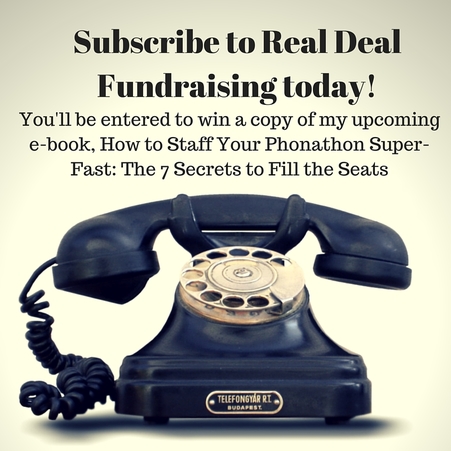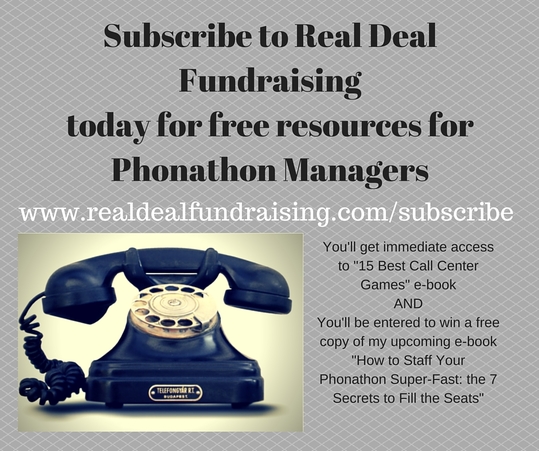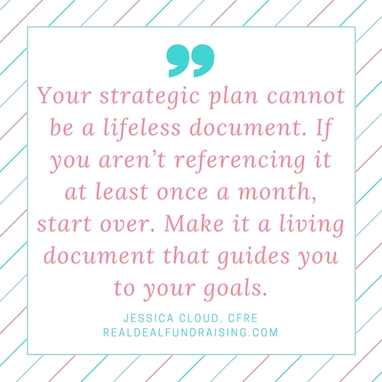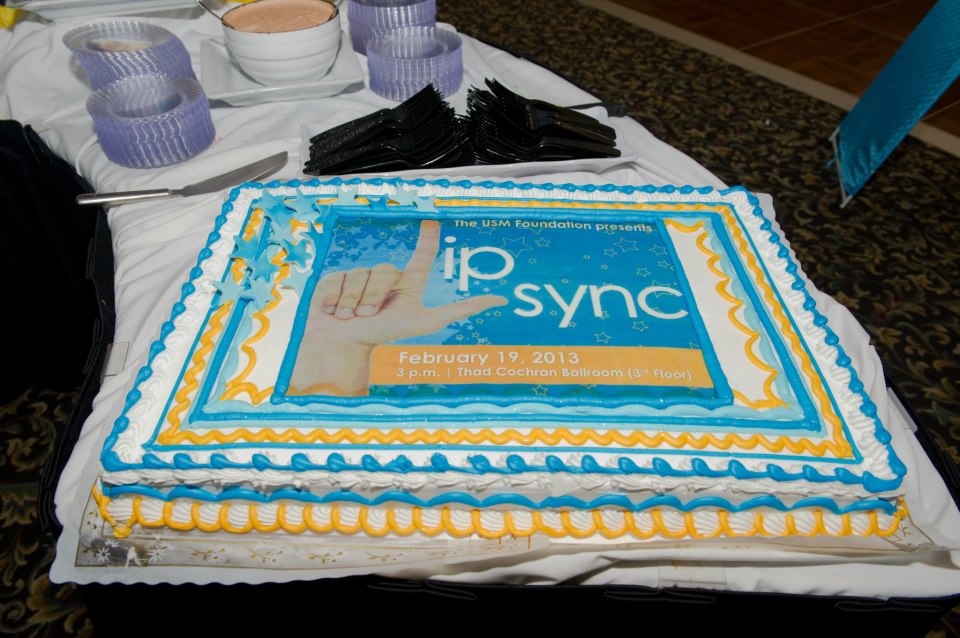In Depth: Four More Reasons Why Recruitment should be the #1 Priority of a Phonathon Manager7/5/2016 If you don’t staff up quickly, you lose valuable momentum.
My career has been in higher education philanthropy and I can attest, if you ramp up slowly and lose those early weeks in September, you’ll struggle all year to build momentum. There’s nothing quite like the feeling during that hectic back-to-school timeframe and if you miss it, you’ll lose the warm-fuzzies from donors waiting for their annual fund call. You’ll also miss out on the most competent students, most of whom will have secured a part-time job by October. Low volume of work is the most common reason a phonathon fails. It’s not typically a bad script or lack of caller motivation that causes phonathons to stagnate or fail. It’s not even bad data alone. Usually, it is simply that not enough calls were placed. If you loaded 50,000 records and only complete 10,000 calls (a 20% completion rate), chances are that is why you aren’t raising any money. Sometimes, this low completion rate is due to improper budget resources for the size of your program, but more than likely it is simply a staffing issue. There weren’t enough callers in the seats and therefore not enough dialing took place. The more effort you put into generating applications, the more selective you can be in hiring. If you need to hire 10 new callers, and you have 14 applications on file, you’re doing pretty good, right? Wrong. You need at least 2.5 times the number of needed callers in applications. In this example you need 25 applications at minimum. This target is often a much higher number than you think is acceptable. Keep striving to recruit more applications and interview more. You can be much more selective with hiring decisions, which will save you time later dealing with bad employees and prevent turnover. If you don’t use those funds budgeted for caller salaries, you’ll surely lose them. As I mentioned in #4, if you have a problem year with staffing your results will suffer. However, the problem becomes systemic when you sit down with the higher-ups to discuss next year’s budget. You had a budget for 1,250 calling hours but you only used 825. “Surely, you can get by with only 900 this year, right?” Now, even if you use all 900 hours, your phonathon will not be working to its full potential. By not staffing properly, you may hinder your phone program for years to come. Enter to win my upcoming e-book about phonathon staffing If you subscribe to Real Deal Fundraising, you will be entered to win a copy of my upcoming e-book How to Staff Your Phonathon Super-Fast: The 7 Secrets to Fill the Seats. Click the button below to sign up today.
0 Comments
Call Center is hard work. It was where I started my career in fundraising, at the tender age of 18. I think many young people enter the philanthropy industry through the phonathon and leave feeling that this career path isn't for them.
I'm committed to giving these young professionals the support and training they need to survive and thrive in call center, so that they can ultimately move on to other areas of development and contribute in big ways to the non-profit world. To that end, I'm offering some training materials. For anyone who subscribes to Real Deal Fundraising over the next month, you get two gifts from me. 1) You will get immediate access to the e-book "15 Best Call Center Games" for FREE 2) You'll be entered to win a free copy of my upcoming e-book "How to Staff Your Phonathon Super-Fast: the 7 Secrets to Fill the Seats" I hope you'll subscribe today. If you aren't a phonathon manager, please share this information with the phonathon managers and other development professionals you mentor. Thanks! Jessica A solid strategic plan is not an easy thing to write. Ideally, it should have a balance of big picture thinking and sufficient detail so that it can be implemented. A strategic plan cannot be pie-in-the-sky but it also cannot be a user’s manual full of which button to push.
I would advise that strategic planning begin with 3 steps:
Do you have staff and budget to promote planned giving opportunities? What can you afford to do in terms of direct mail, phonathon, donor relations, etc.? Don’t forget about crucial areas like stewardship and fulfillment (pledge follow up). Also, pay special attention to data integrity and enrichment. You cannot afford to ignore those important areas. Now, you have to combine your various vehicles for communication with the content: the case for support. What will you be focusing on this year? What are the needs of your institution? Scholarships? Program support? Operating expenses? What’s the impact that the donor will have in the world if they make a gift this year? Begin to weave these messages into thoughts about how to segment your data this year. The final part of your strategic part is to have a calendar. You know enough now to lay out the steps. Don’t go into too much detail but have a month-by-month list of what major action steps need to happen to accomplish your goals. Review this calendar regularly at staff meetings. It is inevitable that you won’t get to all your great ideas in one year. I’ve found it helpful to add a section at the end of my plan called “And Beyond” where I can stash my great ideas for future years. It keeps me inspired and helps me not to forget. Encourage other staff to join you in adding to that list throughout the year. Most importantly, the strategic plan cannot be a lifeless document. If you aren’t referencing it at least once a month (preferably more), it isn't working for you. Start over. Make it a living document that guides you to your goals. People love a good theme.
They will deny it but it is true. Ask for $25 and it falls flat. Ask for $20.16 in honor of your Class of 2016 and suddenly the same group is completely inspired. Throw a Faculty-Staff Campaign kickoff and it is just another reception with peach tea. Throw a Glee inspired Lip Sync Contest with an ironic high school prom theme and it’s something no one has ever seen before. Is your leadership annual giving society threshold $1,000 per year? What if it were named for your first president or most beloved president? What if the threshold were based on your founding year, for instance $1,904? (You could have special lower levels for young alumni.) When I worked for The University of Southern Mississippi, our team started the Aubrey K. Lucas Society. It is named for our longest serving president, who also happens to be our longest consecutive year donor. He is famous for wearing bow ties. Each year those donors who have given a gift in each of the last three fiscal years gets a black and gold bow tie-themed car decal. Who would ever want to miss a year of giving? It's too fun to miss out on. The key is that the themed events and ideas are specific. They show off the unique character of your institution and your personality as a fundraiser. Therefore they work on two levels: they are fun and enjoyable but they also reinforce and strengthen ties to your institution. Go ahead and embrace the theme. Your job will be more meaningful and fun. Your donors will be amused and happy to participate in something fun and original. |
Jessica Cloud, CFREI've been called the Tasmanian Devil of fundraising and I'm here to talk shop with you. Archives
July 2020
Categories
All
|





 RSS Feed
RSS Feed
